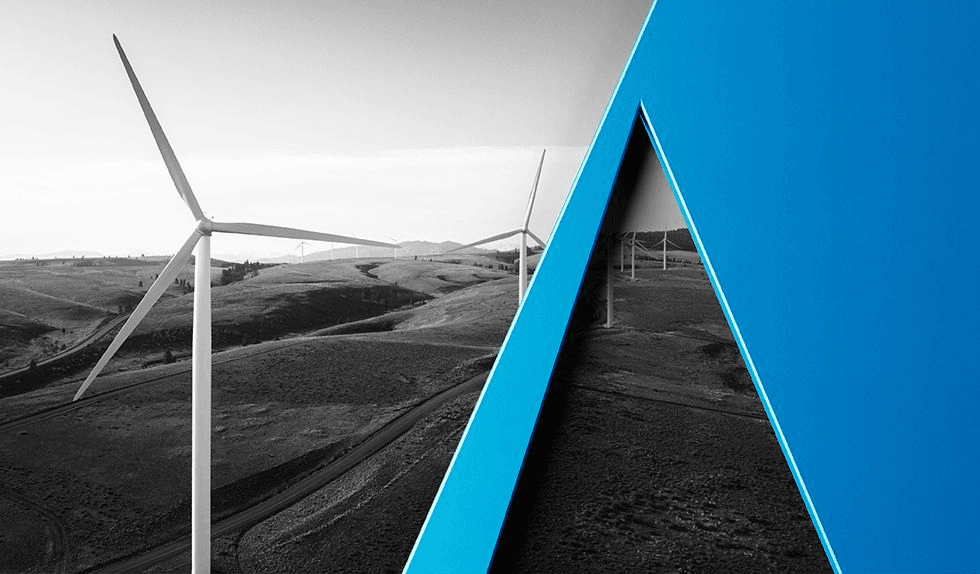Another question for the industry is if the start of construction standard is included, whether the bill or its legislative history will include a requirement that the developer “continuously construct” the project from the end of 2015 through completion. Under current law, the Internal Revenue Service has not imposed the continuous construction standard so long as the project is complete by the end of 2015 (i.e., two years from the last PTC extension).2 However, Representative Dave Camp (R-MI), chairman of the Ways and Means Committee, tax reform proposal would have repealed this generosity from the IRS.
Given Wyden’s support of the wind industry, I would expect the bill to include the option for a project to claim a 2.3¢/KwH production tax credit or a 30 percent investment tax credit. Further, I would expect no alteration to the annual inflation adjustment (i.e., the production tax credit is increased annually by IRS in a manner that tracks inflation).3
Unfortunately, the fate of the inflation adjustment in the Ways and Means Committee is less clear. In his tax reform proposal, Camp proposed repealing the inflation adjustment for existing wind projects (e.g., a project placed in service in 2010). So, if his Camp’s extenders bill includes the production tax credit, it may be without the inflation adjustment. This could take several forms. First, Camp could propose extending the PTC at the current 2.3¢/KwH without future inflation adjustments. Alternatively, he could take the PTC back down to its original 1.5¢/KwH. The background documents provided with Camp’s tax reform proposal indicated that unnamed wind industry advocates had shared with him that 1.5¢/KwH was sufficient support for wind projects.
The wind industry has recognized that now is the time to muster its advocates on Capitol Hill. The wind industry appears to be doing a good job of that. Identical letters were sent by dozens of members of Congress to House and Senate leadership on March 21. The bipartisan House letter to Speaker Boehner was led by Steve King (R-IA) and Dave Loesback (D-IA) and was signed by 116 other members. The bipartisan Senate letter to Senators Wyden and Hatch was led by Chuck Grassley (R-IA) and Mark Udall (D-CO) and was signed by 24 other senators. The letters advocated for both the extension of the production tax credit and the investment tax credit election for wind projects.
The letters are available here and here. Here are some highlights from the identical letters:
- The wind industry employs 80,000 Americans in all 50 states.
- The wind industry is responsible for $105 billion in investment in the United States since 2005.
- The cost of wind power has declined 43 percent in the last four years.
Five days later, a group of 29 senators sent another letter to Senators Wyden and Hatch. This letter had only Democrats as signatories and is available here. The wind production tax credit was first on a long list of clean-energy-related tax provisions that were requested to be extended. The others were wide-ranging and covered topics from transportation fringe benefits for employees who use public transit and carpools to tax credits for homeowners who install energy efficient windows. Personally, I would rather see these 29 senators focus their efforts on the production tax credit extension.



